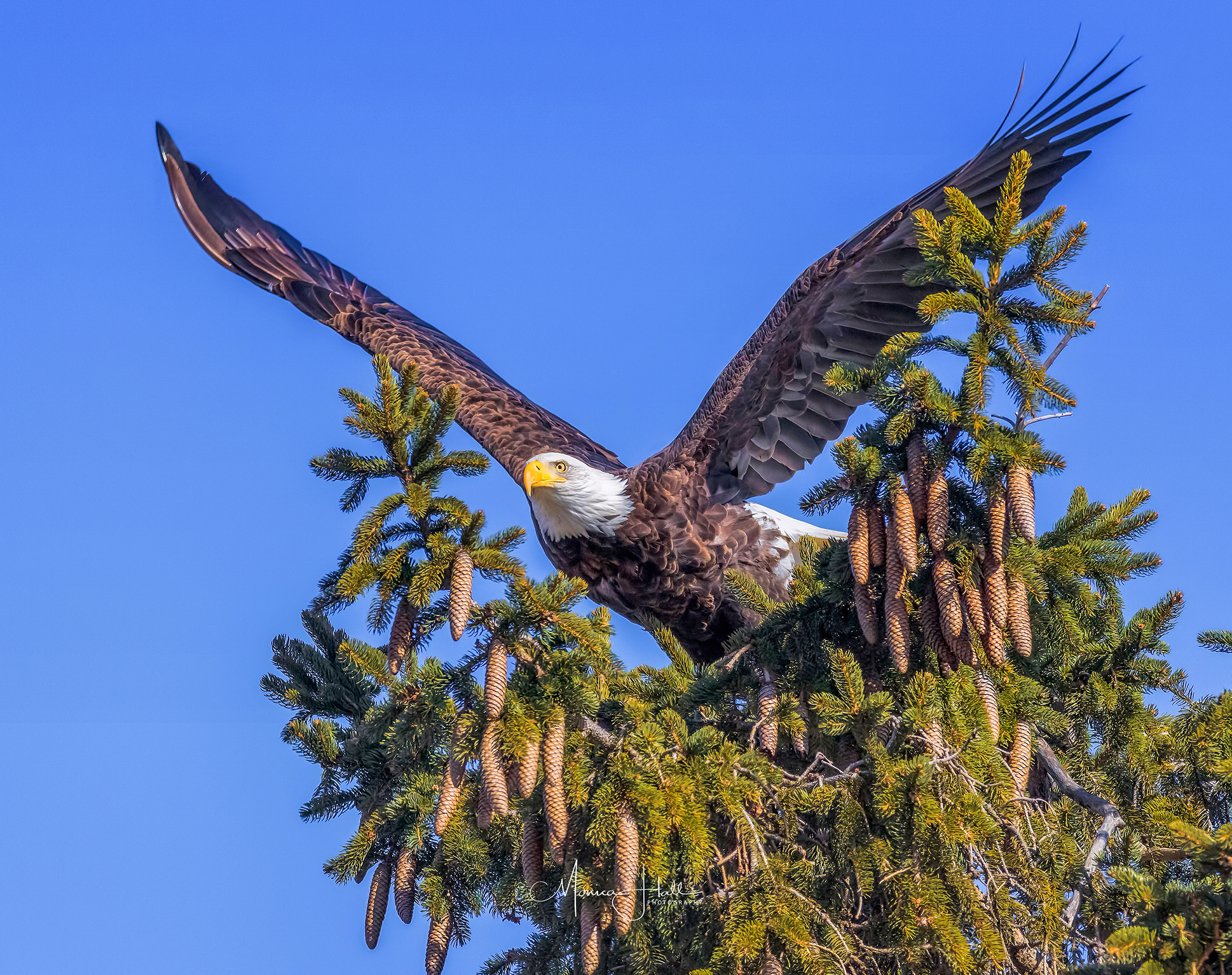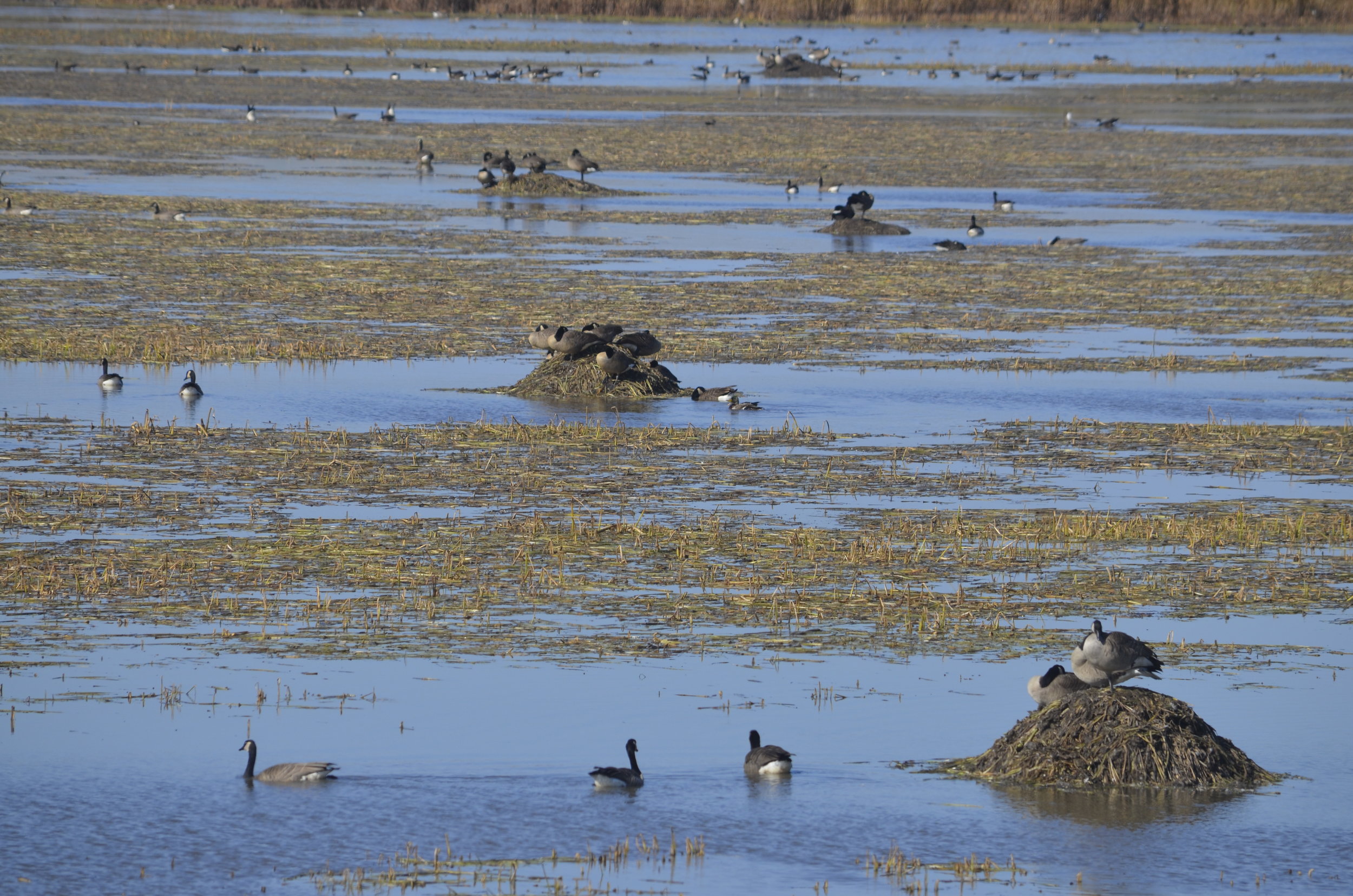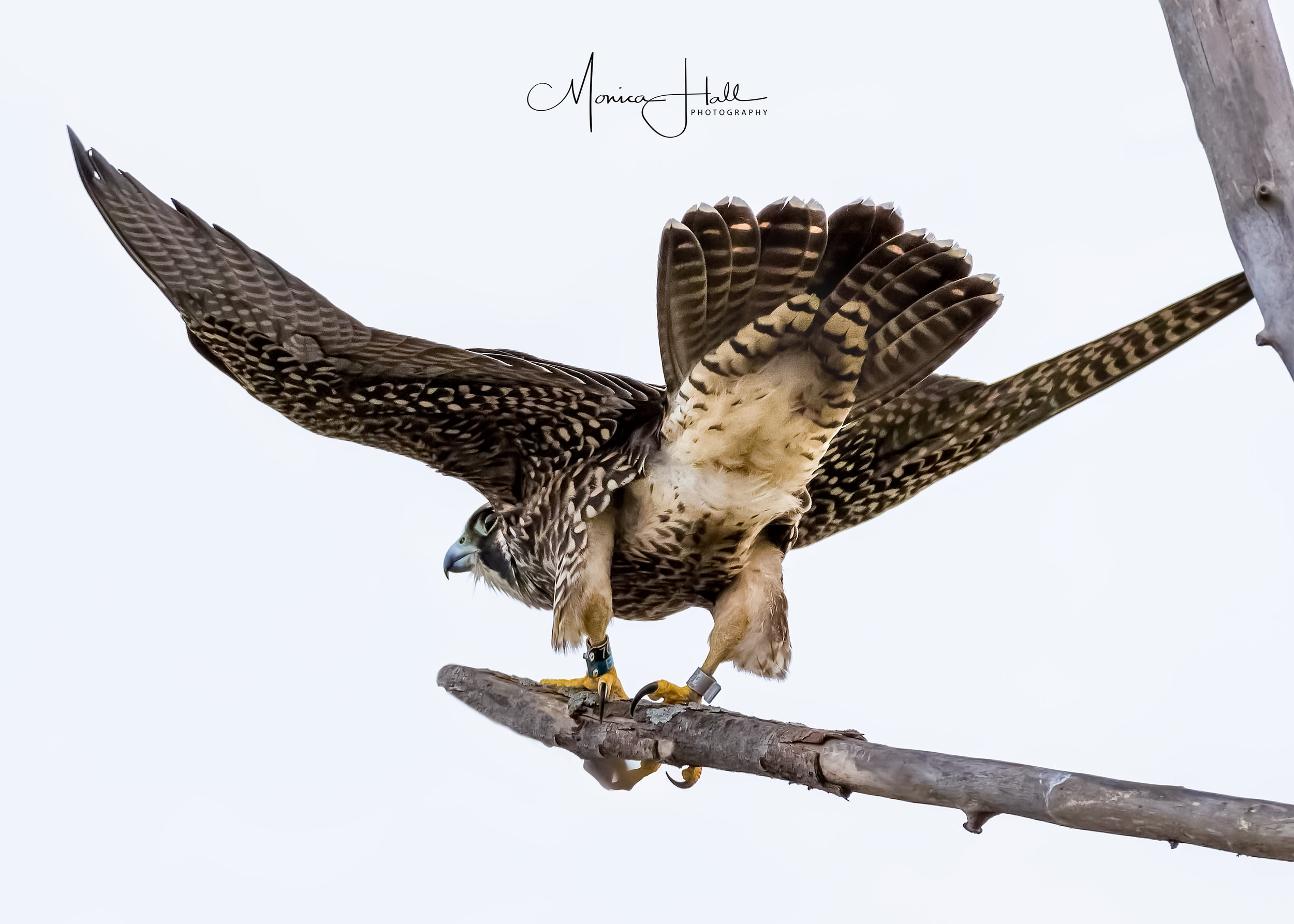Tundra swans arriving at Goose Pond, photo by Linda Pils
Late fall of 2017 is turning out to be an excellent time to visit Goose Pond Sanctuary. The tundra swan migration is well underway and at the posting of this article, about 800 tundra swans are present with their numbers on the rise. These Holartic swans are on a 1,800 -mile fall migration route that began in the high arctic with major stops in North Dakota and the Mississippi River before reaching their eastern destination of Chesapeake Bay. Tundra swans are long-lived birds with a migration route and feeding preferences that match up perfectly with what Goose Pond provides.
Goose Pond covered in arrowheads and muskrat houses, photo by Mark Martin
This summer, the pond’s surface was covered with arrowhead plants, and bird watchers wondered: where is the water? The vegetative surge that obscured the view of the water is an annual and important occurrence during summer months for the plant's utility in fall. In October the clone-forming arrowhead plants die back and are harvested by muskrats that pile them into muskrat houses dotting the west pond -- this year, 65 houses in total. The houses provide ideal resting mounds for geese and mallards, and through constant use the birds destroy most of the houses. In this second week of November, only four muskrat houses remain and we expect these to disappear quickly with wave action and waterfowl use. (The homeless muskrats will have to move into bank dens -- but that is a story for another day!)
Now the swans are feasting on an abundance of arrowhead tubers rooted in the sediment at the bottom of the pond. Ideal swan feeding habitat is a shallow prairie wetland covered with arrowheads (sound familiar?). All the swans have to do is to tip over, neck down to harvest tubers. Frequently canvasbacks and redheads are close to the feeding swans, optimistically looking for dislodged tubers to eat. Mallards also like to feed on arrowhead tubers, which gives arrowheads their nickname: duck potatoes.
A "dirty" looking tundra swan, photo by Arlene Koziol
Some visitors comment on why some swans are gray or “dirty” looking. These grayish birds are young swans and contrast greatly with the white adults. The young swans comprise 5% of this year’s flock, compared to 6% in 2014 and 11% in 2015. The “Class of 2017” is learning the migration route and in a few years they will be able to lead the flock to Goose Pond. It would be interesting to be able to experience the first fall migration as a young swan on a 1,800 mile long journey with their family. We assume some of these adults have visited Goose Pond for many years.
Goose Pond filled with waterfowl, photo by Mark Martin
Usually the swans remain as long as there is open water. The 2,000 Canada geese and 2,000 plus mallards pack together with the swans and help keep a small area of open water. There has also been a good diversity of ducks including late migrants such as buffleheads. Other migrating and winter birds seen included two peregrine falcons at one time (one swooped on a duck but did not kill it), a rough-legged hawk, northern shrike, and snow buntings. Sandhill cranes number around 50 and we anticipate that their numbers will increase as well.
We invite you to visit Goose Pond sooner rather than later to see these magnificent birds.
Written by Mark Martin and Sue Foote-Martin, Goose Pond Sanctuary Resident Managers
Banner photo by Linda Pils























